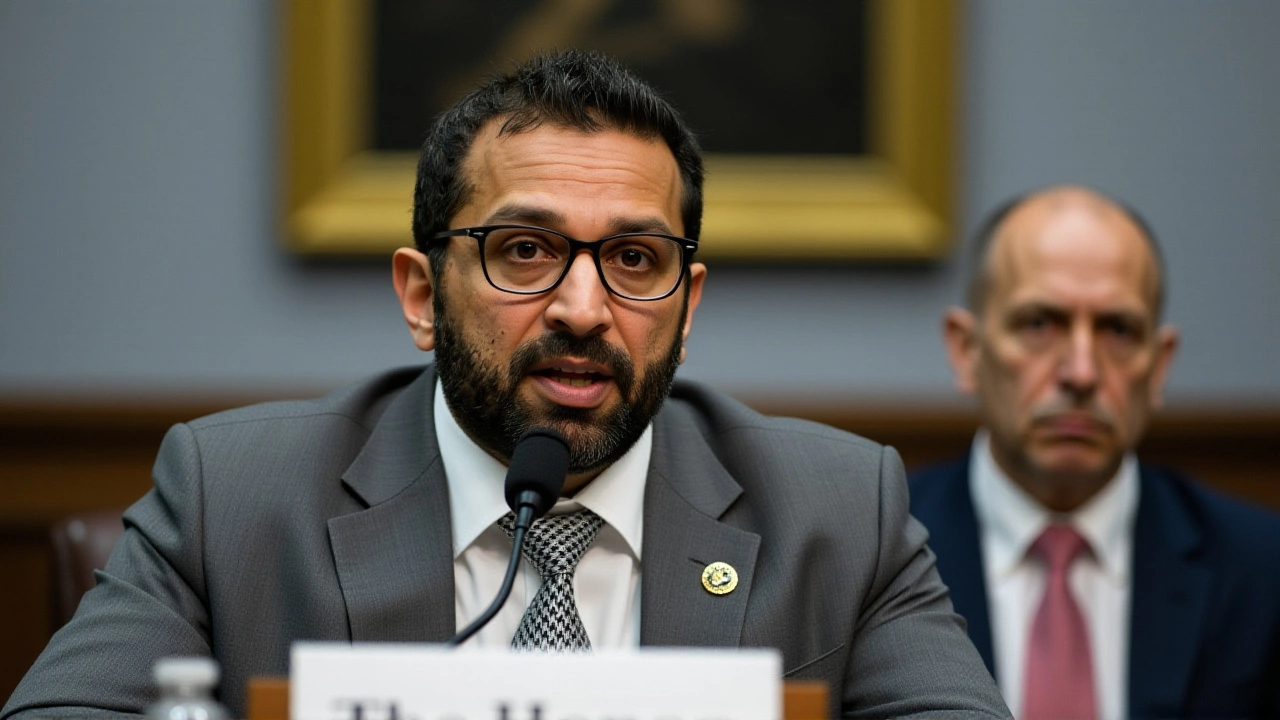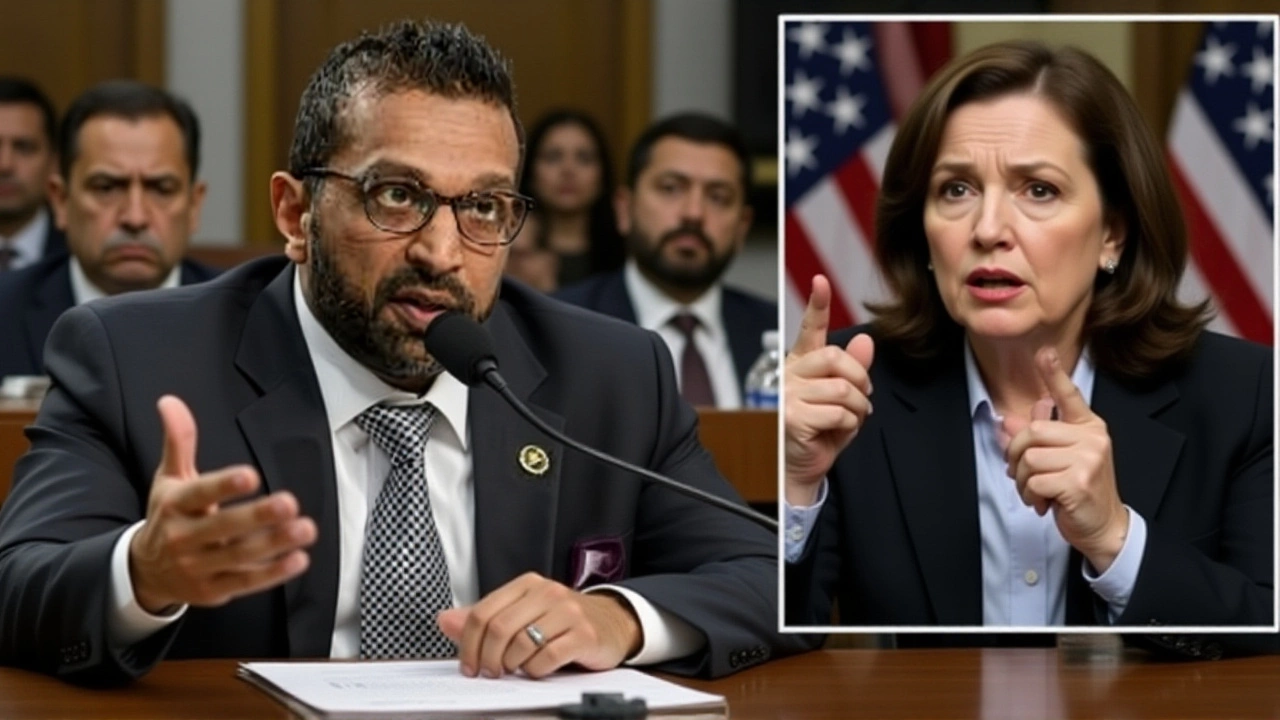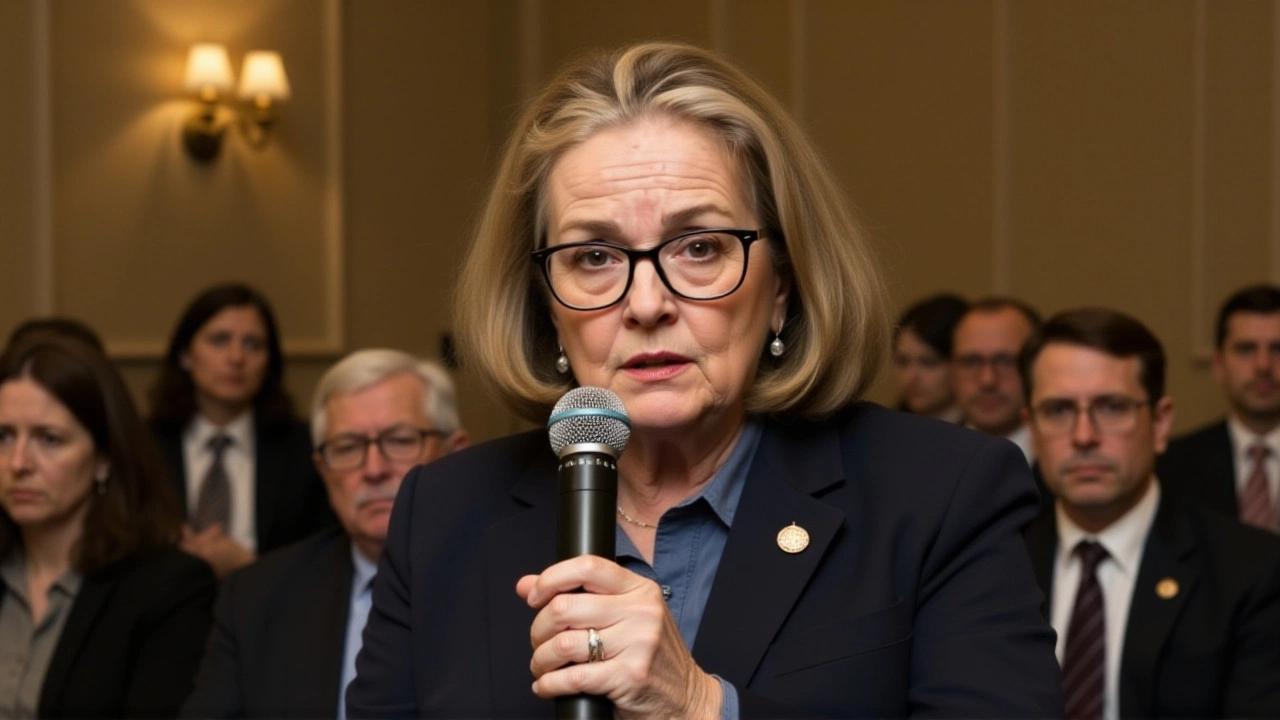When Madeleine Dean, U.S. Representative for Pennsylvania’s 4th congressional district hosted a Telephone Town Hall on Thursday, June 5, 2025, from 7:00 p.m. to 8:00 p.m. Eastern Time, the call‑in format turned a routine constituency meeting into a live‑question session that also streamed at dean.house.gov/live. Participants had to fill out a registration form in advance; once the list was compiled, Dean’s staff dialed each registrant, prompting them to listen and then ask their question. The town hall tackled everything from road‑repair funding to broadband expansion, but it also doubled as a celebration of two Abington Senior High School students, Nicole and Anastasia, who earned second place in this year’s Congressional Art Competition.
Town Hall Mechanics and Community Reach
The telephone‑based format, while old‑school, proved surprisingly effective. Dean’s office reported more than 300 registrations, a figure that eclipsed the turnout for her in‑person meetings earlier this year. "We wanted a low‑tech option for folks who don’t have reliable internet," Dean explained during the call. Callers could also submit questions ahead of time via the RSVP form, and a handful of those pre‑submitted queries were answered live. For those who couldn’t join the call, a recording was posted within 24 hours, keeping the conversation accessible.
In addition to the live phone line, a dedicated hotline—215‑884‑4300—remained open for follow‑up. The event’s hybrid nature (phone, livestream, recorded video) illustrates how modern representatives are blending legacy outreach with digital tools to meet constituents wherever they are.
Highlights from the 2025 Congressional Art Competition
While the town hall was in progress, Dean turned the spotlight on the 2025 Congressional Art Competition. The contest, organized annually by the Office of the Clerk of the U.S. House of Representatives, invites high‑school students from each congressional district to submit a piece of artwork that captures the theme “America at Home.” This year saw a record 1,432 submissions nationwide, a milestone Dean called "our biggest submission year yet."
The winning piece came from Rayne, a senior at Upper Dublin High School. Rayne’s ink drawing, titled Perfection, will be displayed in the Rotunda of the United States Capitol for one year, joining a lineage of student‑created works that have hung alongside portraits of presidents.
Second‑place honors went to Nicole and Anastasia of Abington Senior High School. Their collaborative watercolor, "Community Threads," depicts a tapestry of neighborhood scenes stitched together by bright, looping lines—an ode to the district’s diverse cultural fabric. Dean praised the duo, noting, "Your work captures the spirit of our neighborhoods: vibrant, interconnected, and hopeful."
The competition exhibit was staged at the Abington Art Center, a community gallery that transformed its main hall into a temporary museum. Over 200 families, teachers, and local officials attended the opening night, turning the showcase into a mini‑festival of student achievement.
Community Reactions and Statements
Local art teacher Maria Alvarez, who mentored the Abington seniors, said, "Seeing these kids recognized on a national stage validates years of after‑school programs and parent support." She added that the competition spurs students to think about civic themes in a creative way.
Mayor Jim Kenney of neighboring Philadelphia, who called in during the town hall, remarked, "Projects like the Congressional Art Competition illustrate how art and policy intersect—both shape the story of a community."
Parents of the winners expressed pride not only for the accolades but also for the process. "The kids worked late into the night, tweaking colors and composition," said Margaret Liu, mother of Nicole. "When they heard their names announced on the call, the whole family erupted in cheers."

Why the Competition Matters to the District
Beyond the glitz of a Capitol display, the contest serves a deeper purpose: engaging youth in civic dialogue. By confronting a theme like "America at Home," students translate abstract policy ideas into visual narratives that resonate with peers and adults alike. Dean highlighted this in her post‑event roundup: "When young people put pen to paper about our shared future, they’re practicing the very democratic participation we champion in Washington."
Educational researchers have long noted that arts‑integrated curricula boost critical thinking. A 2023 study by the National Endowment for the Arts found that students who participated in a nationally‑scaled art competition were 27 % more likely to report an interest in community service. The data suggests that contests like this can be a pipeline for future public‑service leaders.
Looking Ahead: Future Outreach and Artistic Opportunities
Dean’s office announced plans to expand the town‑hall model, exploring a hybrid video‑call option for next quarter. "We want every resident—whether they have a smartphone or a landline—to feel heard," Dean said.
On the arts side, the Abington Art Center is planning a summer workshop series that will guide students through the submission process for next year’s competition. The center hopes to increase participation from under‑represented schools, aiming for a 15 % rise in entries from districts outside the traditional core suburbs.
Ultimately, the confluence of a community‑focused town hall and the celebration of young artists underscores a simple truth: civic engagement looks different for everyone, but it flourishes when we give people the tools—and the stage—to speak.
Key Facts
- Date of town hall: June 5, 2025, 7–8 p.m. ET
- Registration required; 300+ participants
- Winning artwork: Perfection by Rayne (Upper Dublin High School)
- Second place: Nicole & Anastasia (Abington Senior High School)
- Exhibit venue: Abington Art Center
- Capitol display period: one year, starting September 2025

Frequently Asked Questions
How can residents participate in future town halls?
Residents should watch Representative Dean’s official website for upcoming registration links. The next session is slated for August 2025 and will offer both telephone and Zoom options. Early sign‑up guarantees a callback from the office before the event begins.
What are the eligibility rules for the Congressional Art Competition?
The contest is open to U.S. high‑school seniors who are citizens or permanent residents and who reside in the contestant’s congressional district. Submissions must be original works created in the past twelve months, and they may be in any visual medium, though digital files must meet size guidelines.
Why is displaying a student’s artwork in the Capitol significant?
Having a piece in the Rotunda places a young artist’s voice at the heart of the nation’s legislative hub, symbolising that civic participation starts at any age. The work joins a historic collection that includes pieces from every state, offering nationwide visibility for the student’s perspective.
What impact has the competition had on local schools?
School districts report increased enrollment in art electives and higher attendance at community art events. At Abington Senior High, art class enrollment jumped 12 % after the 2024 contest, and teachers say students are more motivated to explore civic themes in their projects.
Where can the public view the winning artwork?
Rayne’s winning piece will be installed in the United States Capitol’s Rotunda from September 2025 through September 2026. A high‑resolution image and a brief artist statement will also be featured on the Clerk’s official website.
